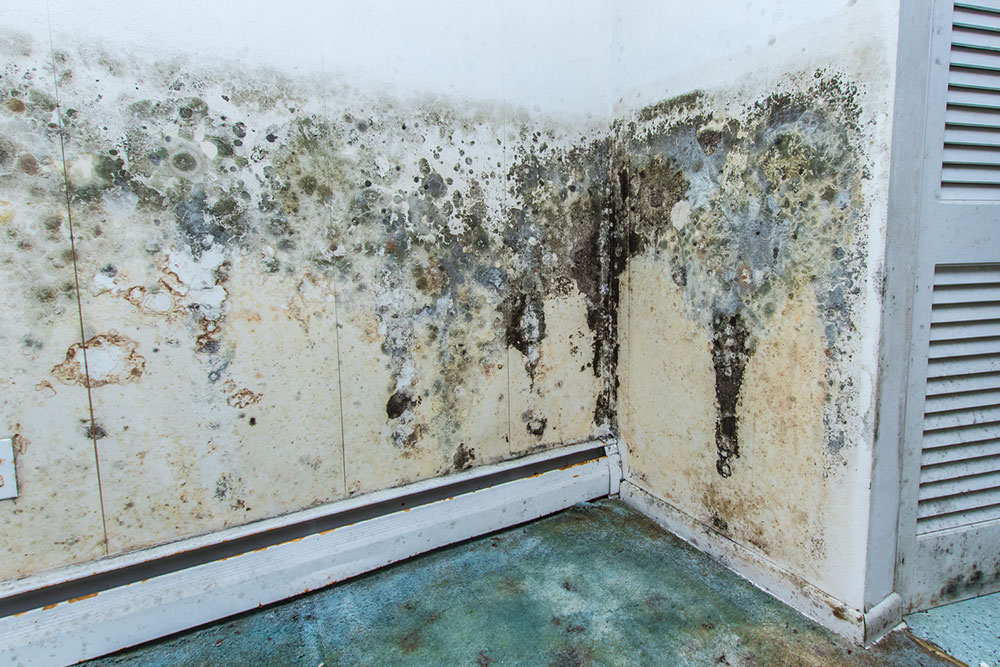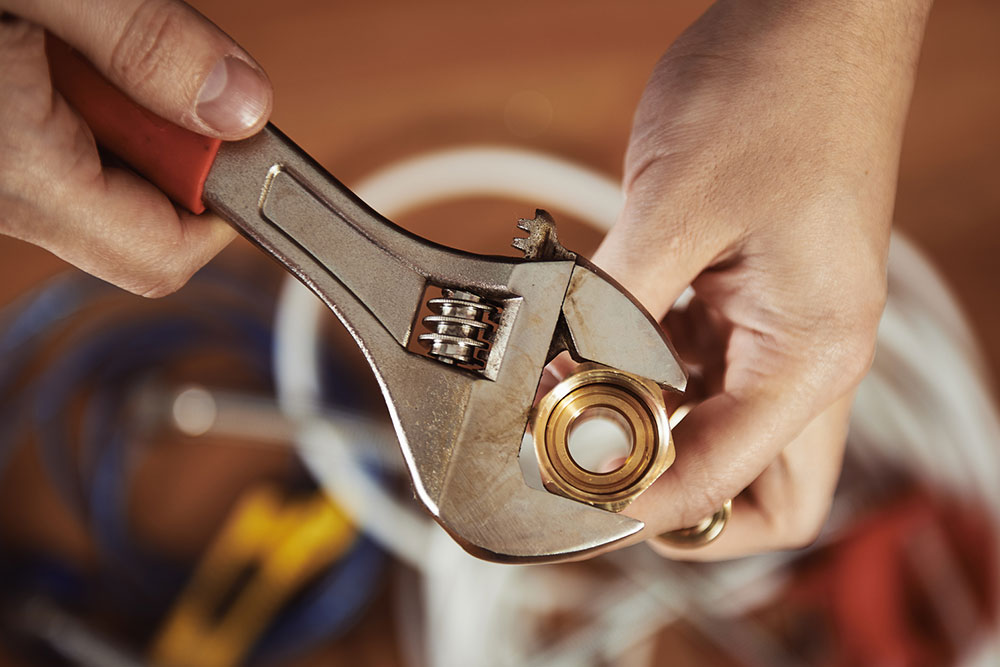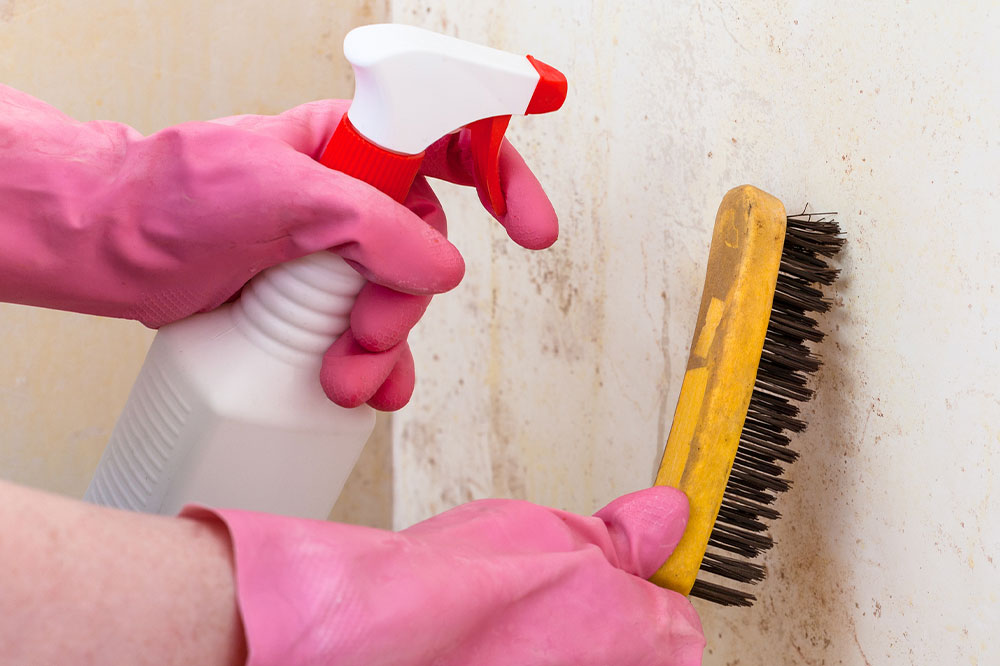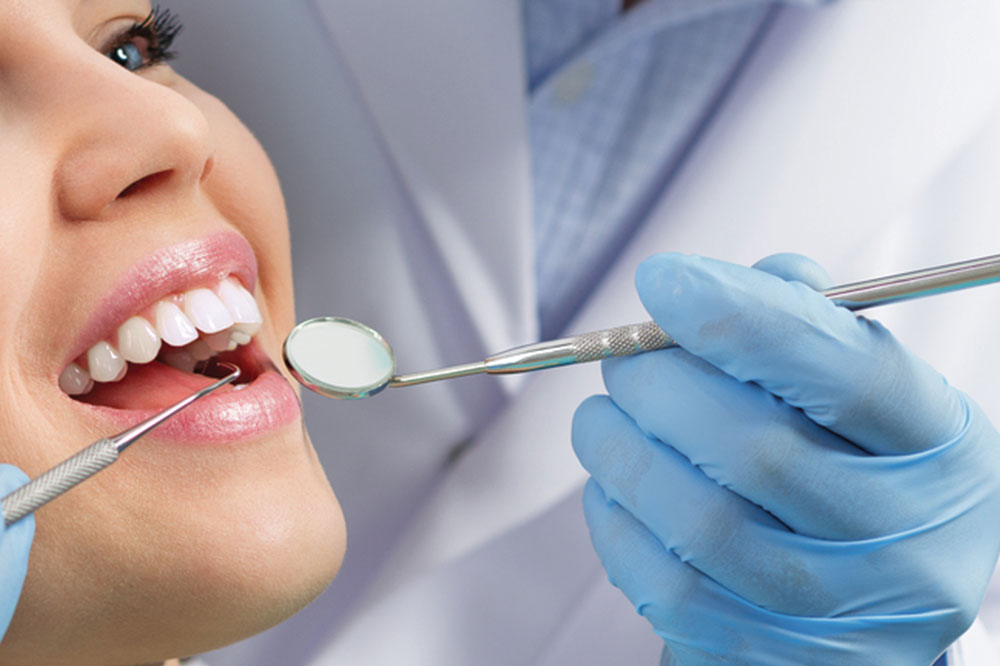Comprehensive Guide to Water and Fire Damage Restoration: Methods and Insights
This comprehensive guide explores the detailed processes involved in water and fire damage restoration. It emphasizes the importance of professional intervention, highlighting key steps such as water removal, drying, soot cleaning, and deodorization. Understanding these procedures can help property owners respond effectively to disasters, minimizing damage and ensuring safety. Learn about advanced techniques, safety measures, and tips for choosing reliable restoration services to restore your property efficiently after water or fire incidents.
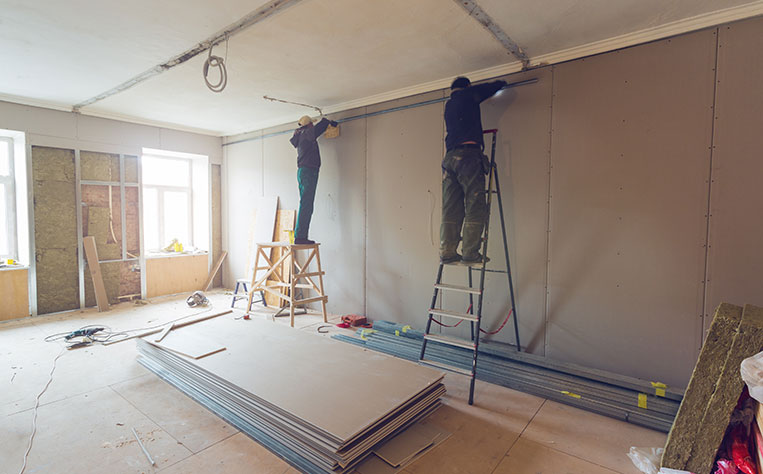
In-Depth Overview of Water and Fire Damage Restoration Processes
Natural disasters and unforeseen accidents can cause devastating water and fire damages to residential and commercial properties. Understanding the detailed restoration process is essential for property owners, as it ensures timely and effective recovery while minimizing long-term damage. Whether facing flooding, pipe bursts, or fire incidents, knowing what steps professionals take can help you navigate the complex recovery journey efficiently.
Water Damage Restoration: Step-by-Step Process
Water damage is a common, often unpredictable issue caused by various factors such as plumbing failures, storm floods, sewage backups, or malfunctioning appliances. When water infiltrates structures, it can compromise the integrity of walls, floors, and personal belongings, creating a breeding ground for mold and bacteria if not addressed promptly. The severity can vary greatly—from small leaks to extensive flooding, requiring different response strategies.
Restoring water-damaged properties is a complex process that demands specialized skills and equipment. The first step involves contacting a licensed water damage restoration company, which is equipped to assess the situation accurately and act swiftly. They perform a comprehensive evaluation of the affected areas, identifying the extent of water intrusion and potential risks such as structural weakening or mold growth.
The core components of water damage restoration include the removal of standing water—using high-capacity pumps, wet vacuums, and portable extraction systems. Once the bulk of the water is eliminated, industrial-grade dehumidifiers and air movers are employed to reduce moisture levels in walls, carpets, and furniture. This drying phase is crucial, as residual moisture can lead to mold development if not thoroughly dried.
Depending on the severity of the damage, additional services such as drywall removal, flooring replacements, mold remediation, duct cleaning, and odor control may be necessary. Mold can start developing within 24 to 48 hours after water exposure, so prompt intervention is vital for health safety and to prevent costly repairs down the line. Proper sanitization ensures the eradication of bacteria and other pathogens, restoring the property’s safety and hygiene standards.
Fire Damage Restoration: A Systematic Approach
Fire incidents often leave behind extensive damage, not only from the flames but also from smoke, soot, and water used in extinguishing efforts. The restoration process begins with a careful assessment of the site, focusing on identifying hazards such as compromised wiring, chemical residues, and structural weaknesses. Safety precautions are prioritized to protect workers and residents during cleanup.
The initial phase involves water removal and drying, especially in cases where sprinklers or firefighting efforts have caused additional water infiltration. Once the area is dry, debris removal takes place, including the removal of burned materials and contaminated substances. The next critical step involves cleaning soot and smoke residues from surfaces, furniture, and ventilation systems. This process often employs specialized cleaning agents and techniques such as dry and wet cleaning, ultrasonic cleaning, and media blasting.
Comprehensive cleaning is essential as soot and smoke particles are not only unsightly but can also pose health risks if inhaled. After cleaning, deodorization processes eliminate persistent smoke odors using ozone treatments, thermal fogging, and air filtration. Finally, sanitization restores hygiene and prepares the property for repairs and renovation, ensuring it is safe and comfortable for occupancy once again.
In conclusion, effective water and fire damage restoration require a meticulous approach, advanced equipment, and professional expertise. Homeowners and business owners should prioritize hiring licensed restoration specialists who can navigate complexities and ensure thorough recovery. Being proactive in understanding these processes will help you act swiftly and reduce the overall impact of such disasters, safeguarding your property’s value and your health.
